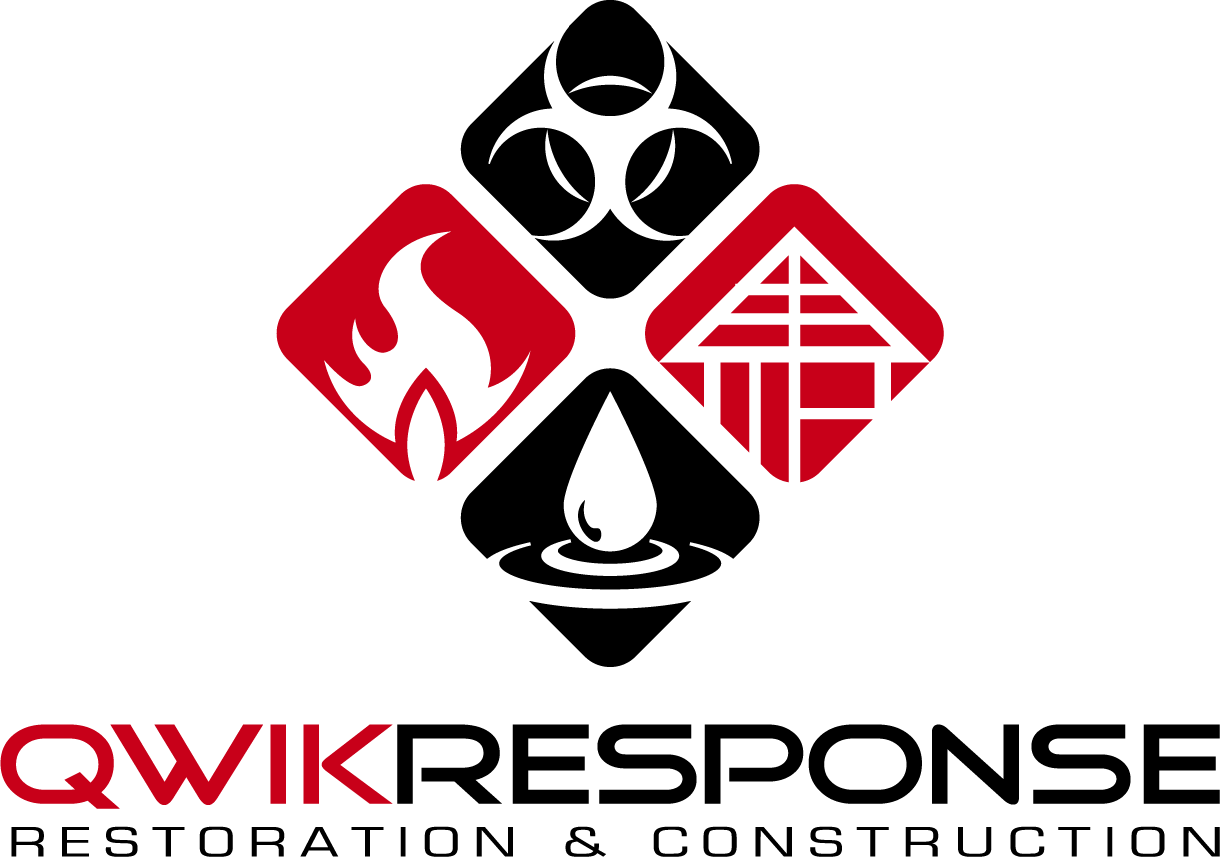Protect Your Basement from Flooding from the Exterior
Your basement's first line of defense against flooding is the outside features of your house, such as the foundation, gutters, and windows. Water enters your basement through cracks in the walls and floor, windows and doors, sewer lines, or the sump basin. But the good news is that 93% of all water damage can be avoided by taking the appropriate precautions.
Keep these 6 tips in mind to fully protect the outside of your home from the outside in:
Check inside and outside for any cracks or openings in your foundation. Fix small cracks by sealing them with caulk or epoxy, and seek out professional help for any extensive cracking. Maintain weatherstripping annually to keep it in good condition and ensure your windows are caulked.
Soil will settle over time which can affect the grading around your home. Inspect that your soil grading, patios, and driveways are set to move water away from your foundation. If that’s not the case, you may need to consider re-grading to properly direct water away from your foundation.
Keep your gutters clear of debris, scheduling routine cleanings and making repairs as needed. Ideally, stormwater should drain at least three feet away from your house, so if necessary, consider running extensions or troughs. Downspout extensions are an effective and inexpensive solution to point water away from your foundation toward a place it can safely drain.
If you have basement windows that are below grade, install window well coverings that are firmly fastened to the structure of your home. Clear acrylic coverings will block out rain, leaves, and pests while still allowing light to pass through.
Check your landscaping. If plants are placed too close to the foundation, it may cause concrete walls to crack, creating space for water to get in. Avoid letting bushes become overgrown, which could restrict drainage and allow water to pool close to your foundation.
Make sure your sewer or septic tank doesn’t get backed up. Both the pipe from your home to the sewer system and to the municipal sewer can become clogged by paper, grease, waste products, and debris. They can also clog from heavy rainfall, spring runoff, or structural defects. Installing a backwater valve is a solution that closes off the drain to the municipal sewer lines.
By making these changes to the exterior of your home, you can create an additional line of defense against basement flooding. Taking these steps, in addition to waterproofing your basement from the interior, will give your home the best protection against water damage.



